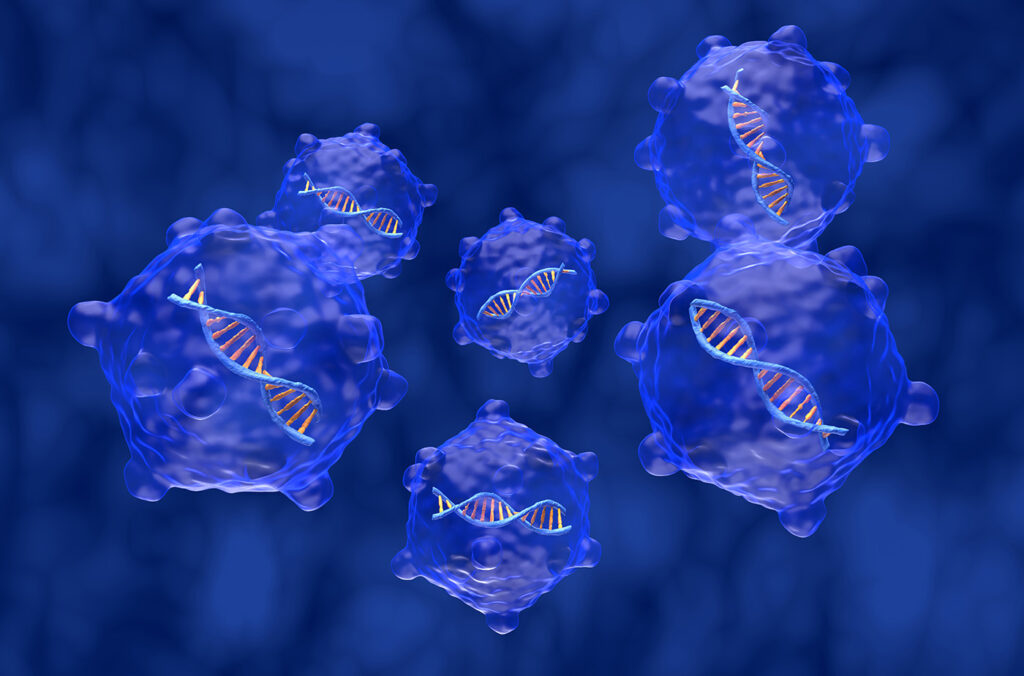
The US Food and Drug Administration (FDA) hosted a public listening session on September 18, 2025, aimed at gathering insights from the cell and gene therapy (CGT) community. The session focused on how existing knowledge can be used to expedite the development and streamline the review processes for CGT products. This initiative seeks to enhance the efficacy and safety of therapies while addressing the needs of developers, regulators, and partners involved in this rapidly evolving field.
During the session, a panel of esteemed experts discussed key themes that emerged regarding the potential for leveraging prior knowledge across various domains, including chemistry, manufacturing, and controls (CMC), as well as nonclinical and clinical contexts. These discussions are critical for shaping future strategies in product development and regulatory approaches.
Expert Insights on Regulatory Strategies
Panelists included prominent figures such as Paris Margaritis, PhD, Chief Scientific Officer at GeneVentiv Therapeutics, and Jacob Smith, Head of Technical Development and CMC Strategy at Viralgen. With over 28 years of experience in adeno-associated virus (AAV) gene therapy, Margaritis has focused on treating hemophilia patients with inhibitors. His expertise encompasses the intersection of coagulation factor biochemistry and transgene engineering. Smith brings extensive knowledge from his previous roles, including his work at AskBio and Pfizer, where he developed manufacturing processes critical to CGT product development.
The panelists emphasized the importance of identifying valuable data types that should be shared among stakeholders while also delineating the boundaries of such data sharing. This clarity is essential for sponsors and Contract Development and Manufacturing Organizations (CDMOs) as they navigate partnerships throughout the product lifecycle.
Strategies for Enhanced Collaboration
One of the key takeaways from the session was the necessity for integrated knowledge across various disciplines. This integration can significantly bolster development processes and risk assessment methodologies. By fostering collaboration among different sectors, the CGT community can advance innovation while ensuring the safety and efficacy of new therapies.
Following the presentations, a live Q&A session provided attendees an opportunity to engage directly with the experts, posing questions and exploring topics in greater depth. This interaction highlights the ongoing commitment within the CGT sector to not only advance scientific understanding but also to facilitate a robust dialogue among all stakeholders involved.
The discussions during this FDA session are poised to influence future regulatory strategies and development frameworks, ultimately enhancing the potential for successful CGT products to reach the market. As the field continues to evolve, the emphasis on collaboration and knowledge sharing will be paramount in addressing the complexities of developing effective therapies.







